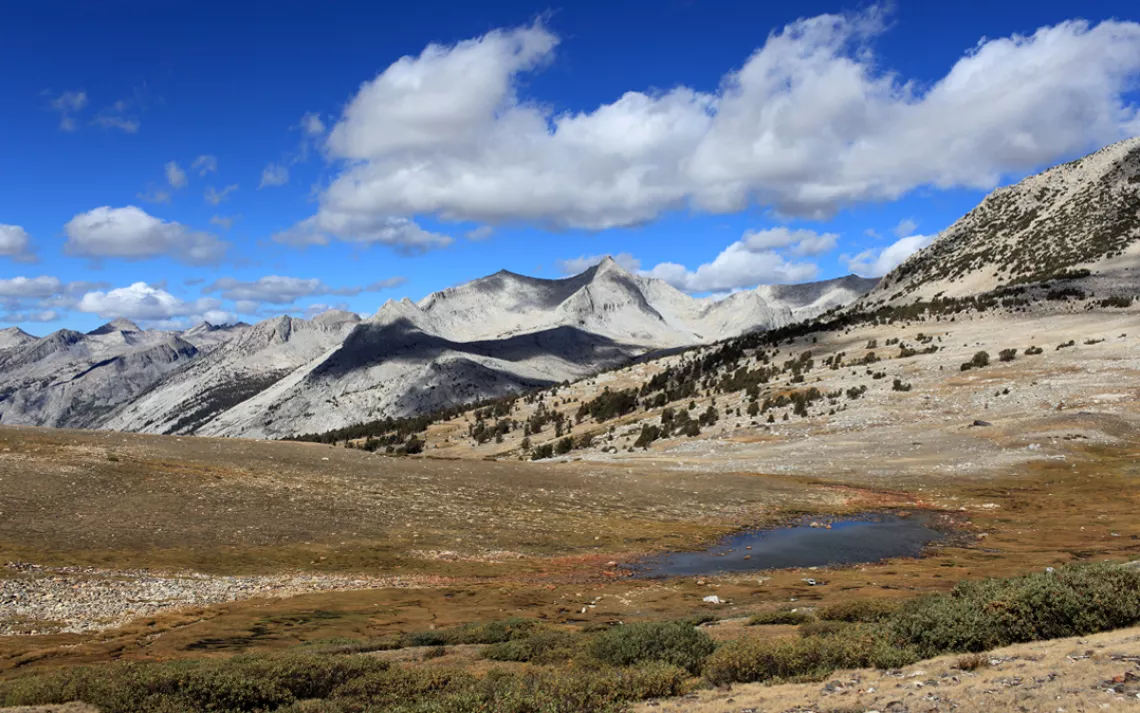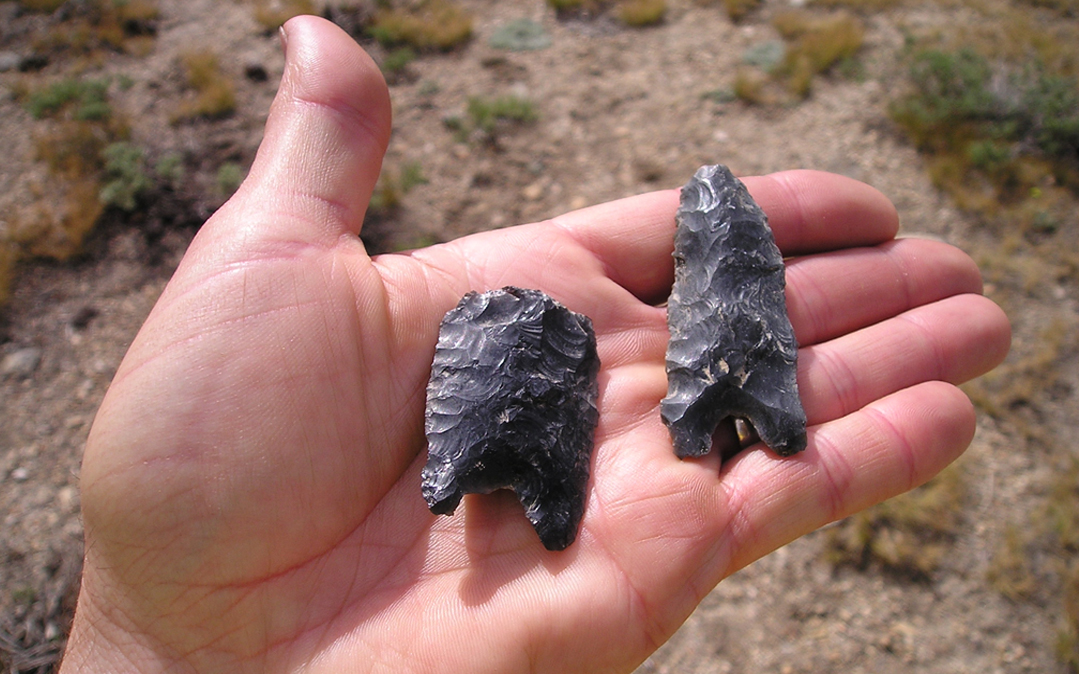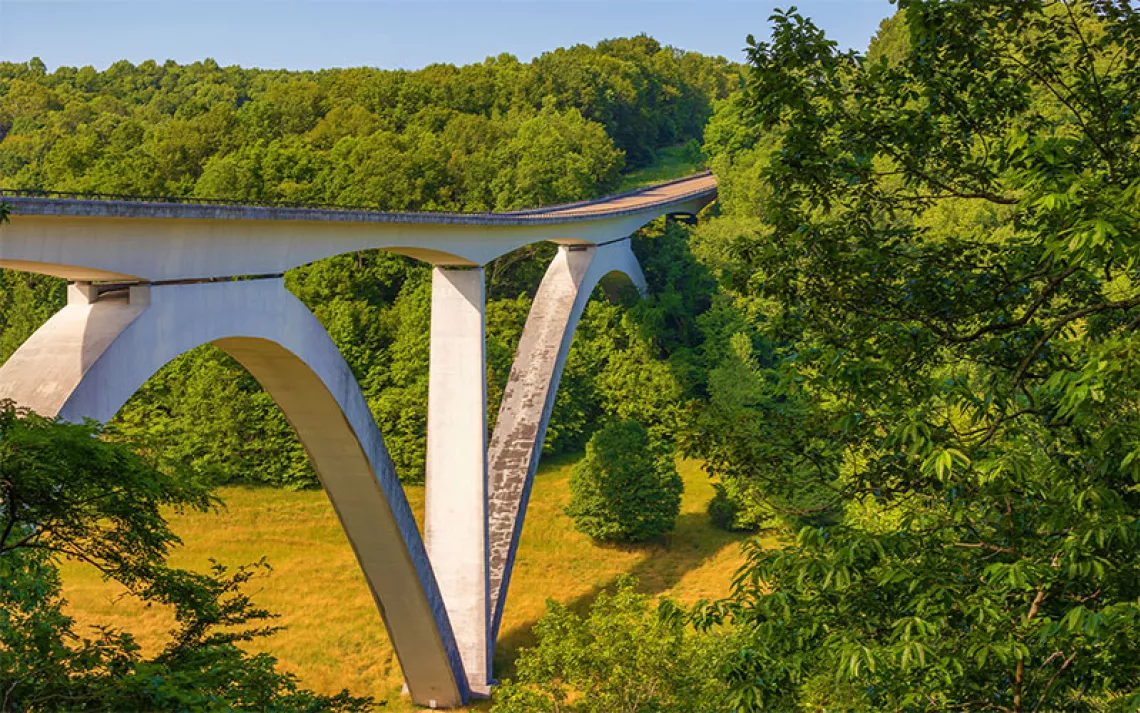A People’s History of the Sierra Nevada
Can we celebrate our parks and wilderness areas and still keep in mind the horrors that sometimes happened there?

People have been admiring this view for centuries. | Photo by Christopher Ryerson
Many years ago, in the summer of 1996, I spent a month backpacking in the Sierra Nevada, a mountain range that I considered a kind of Temple of Forgetting, a designated place-without-past. I knew the Sierra Nevada had a human past, of course. But national parks like Sequoia, Kings Canyon, and Yosemite were not created to preserve memories—unlike, say, Gettysburg National Military Park. Our great western national parks were created, rather, to preserve the American dream of wilderness and to give us all a place to go, a place to escape the burdens of personal and collective history.
During that summer of rambling, I camped near Taboose Pass, an opening in the Sierra crest that leads from the high mountains down into the eastern desert. At a clear pool in a creek, ideal for bathing, I found a flat boulder that protruded into the cold current. A ring of whitebark pines sheltered a natural pine-needle bed. After dinner, on a knoll, I saw an astonishing view of subalpine tundra surrounded by shadowy mountain ridges layered against a golden dusk. If anything bigger than a marmot moved within a mile, I would have seen it.
Amid all that emptiness, I had a banal thought: I wondered if indigenous people ever stood in the same spot before the American conquest. Then I glanced at the ground and saw, all around me and even underfoot, thousands of tiny obsidian flakes—shimmering shards of black glass—created during the manufacture of stone tools.
I have since learned that weeks before I got there, a search-and-rescue team noticed the same thing. They told Tom Burge, who was then the park archaeologist for Sequoia and Kings Canyon National Parks. That fall, Burge and a young archaeologist named Nathan Stevens found—undisturbed and in plain sight—rock-ring foundations for summer homes near ancient fire pits, and milling stones and stone bowl fragments. Stevens, for his master’s thesis, later conducted the first official archaeological study of the Taboose Pass artifacts. Many of those obsidian flakes—archaeologists call them debitage—turned out to be somewhere between 8,000 and 10,000 years old. Dart points found elsewhere in the Sierra Nevada, including one found recently by Stevens, appear to be 13,000 years old.

An archaeologist holds points found at one of the High Sierra sites. | Photo by Nathan Stevens
The High Sierra is composed mostly of a giant north-to-south block of granite. Obsidian does not occur naturally on top of that block, so ancient human populations quarried their tool stone down lower on the eastern flanks of the range. When there were perhaps only 5 million humans on Earth—a far-off handful domesticating the first cows and sheep in the Middle East—those early Sierra hunters carried their east-side obsidian up among the big peaks and, sitting where I stood that evening near Taboose Pass, chipped that obsidian into dart points.
Concurrent with the first Egyptian dynasty, roughly 5,000 years before the present day, those local hunters began trading their obsidian with other hunters who came into the same mountains from the west. Those summer trading camps continued for 3,500 years, from the days of the earliest construction at Stonehenge through the destruction of the first temple in Jerusalem and the life of the Buddha. Around 1,500 years ago, as wild northern European tribes demolished the Roman Empire, Sierra hunters began to bring families along, including women and children who would have met other women and children coming up from the west.
South of Taboose Pass, Stevens, who is now an assistant professor at California State University Sacramento, found three arrowheads from this period—all 1,000 years old and all arranged in a north-south line. The northernmost arrowhead was made from obsidian sourced at the northernmost of the known desert quarries; the middlemost point, from the middlemost quarry; the southernmost, from the southernmost quarry. A salesman seemed to have set down his wares in geographical order, arranging them by brand, as it were. A young woman who watched him do this would have been there during her people’s 500th summer high up in the mountains, with 700 more summers to go before white-skinned foreigners drifted through on their way toward silver and gold mines up north.
That unbroken human history in the High Sierra ended shortly after 1860, when an armed foreigner named Samuel Bishop marched into the valley east of the Sierra with his wife and hired hands. Bishop occupied that land as if the ancient people—who by then called themselves Paiute—did not exist. His cattle fattened themselves on wild hyacinth and nutgrass fields upon which the Paiute depended for their sustenance. Paiute food stores were depleted even before the devastating winter of 1861–62 drove the Paiute to starvation.
A Paiute man finally killed a cow to eat. Foreigners retaliated by murdering a Paiute. Paiutes then murdered a foreigner. On March 20, 1862, foreigners tracked local families to a cluster of rocks now called the Alabama Hills and, at dawn, murdered them all—women and children alike. Resistance fighters organized, the U.S. Army sent men to support the invaders, and the Owens Valley Indian War raged for two years in watersheds that modern hikers hold dear. Refugee families sought safety in the mountains where we seek solace. There was even a Trail of Tears here in 1863, when 900 refugees were marched out of their ancestral homeland through the Mojave Desert to the San Sebastian Reservation at Fort Tejon, a place that met every contemporary definition of a concentration camp.
The final act in the American conquest of the eastern Sierra came in early 1865, when Paiute resistance fighters murdered a foreign woman and her son at a remote log cabin. Soldiers trailed those resistance fighters to a refugee camp on the shores of a now-vanished lake below what we call Mount Whitney. The soldiers murdered 41 people. Six tried to swim away. A certain Mr. McGuire, husband and father of the dead woman and child, shot dead two children in the water. Another child, a boy, asked in good English why they wanted to kill him. A foreigner named Heffner told the boy that if he came out he would not be hurt. The boy said that his two sisters were still alive in the lake. There was an argument among the foreigners. Many advocated for killing all the children. Heffner insisted upon protecting these last survivors. In the end, both surviving girls were released, and Heffner adopted the boy.
Mountain-loving white folks like myself face a conundrum in California. Elsewhere in North America, the U.S. government pursued the policy known as Indian removal—pushing tribes westward to lands not yet claimed by white settlers. In California, the Pacific Ocean made that impossible. As a result, California state officials pursued Indian extermination. From 1854 to 1859, the state spent half a million dollars to support militias tasked with hunting humans.
Backcountry adventure would not be much fun if we had to think of these things all the time; life would be a nightmare if everywhere we went, we had to see and hear the agony of every human being who ever died. Yet indulging in a fantasy of the High Sierra as a place-without-past, as I and many others have done, makes us complicit in a historical lie. Everyone who dreams of human progress has a moral obligation to know these things and to make sure that others know them, too, so that our descendants don’t commit similar crimes. But it is also true that, as strip malls and freeways bury what’s left of the natural world—and as the National Park Service marks its 100th anniversary—the preservation of the wild feels like a genuine cultural achievement, a gift from the past to the future.
Elie Wiesel, a writer and Holocaust survivor, did not have exactly this dilemma in mind when he received the 1986 Nobel Peace Prize. Nevertheless, a famous question in Wiesel’s Nobel lecture frames the predicament: “How are we to reconcile our supreme duty toward memory with the need to forget that is essential to this life?” I can’t see a better answer than doing both at once. In this case, that means learning the painful history of the parks we love most, including the histories of the people who were killed to create the illusion of wilderness, while doing all we can to protect and enjoy those parks for another 100 years.
 The Magazine of The Sierra Club
The Magazine of The Sierra Club



